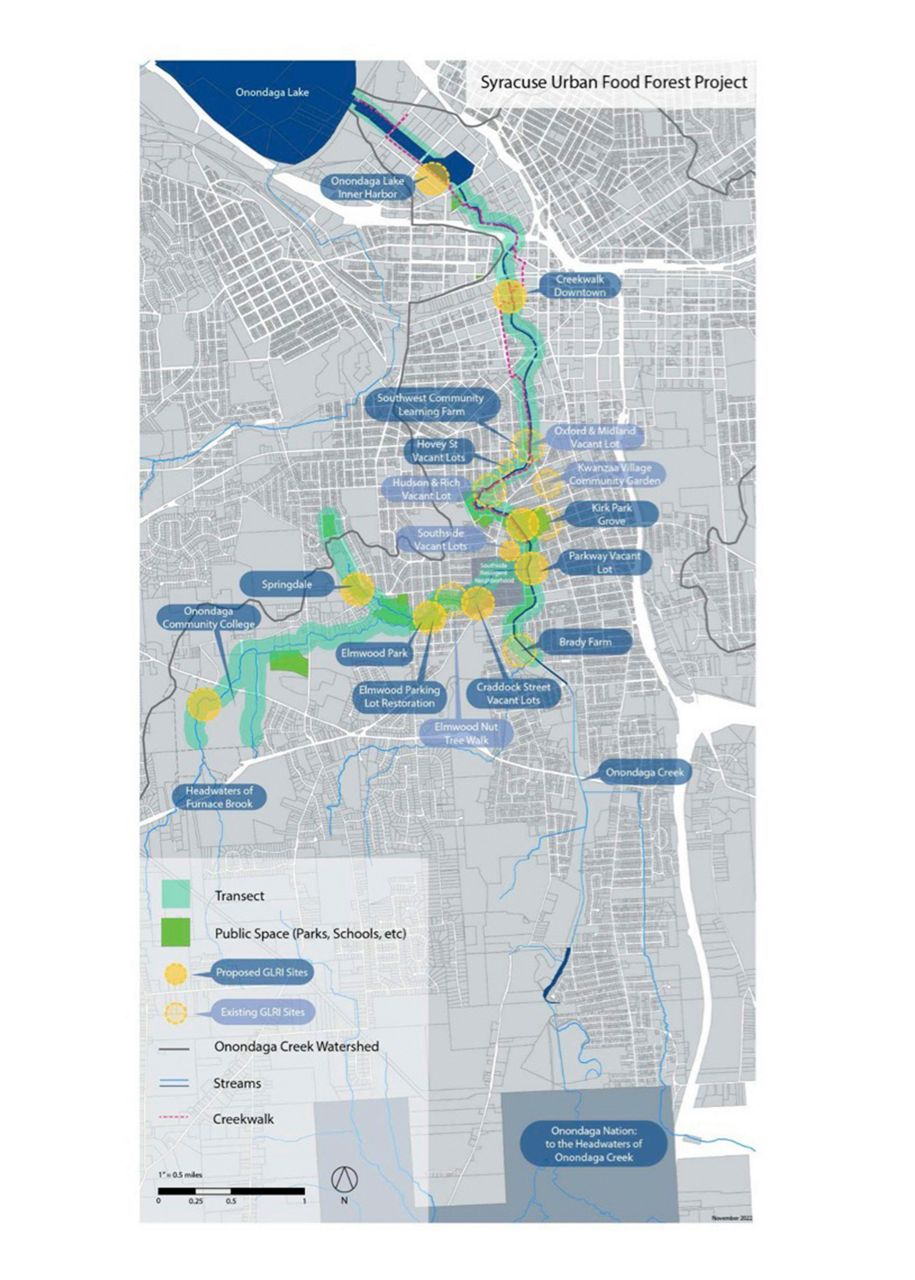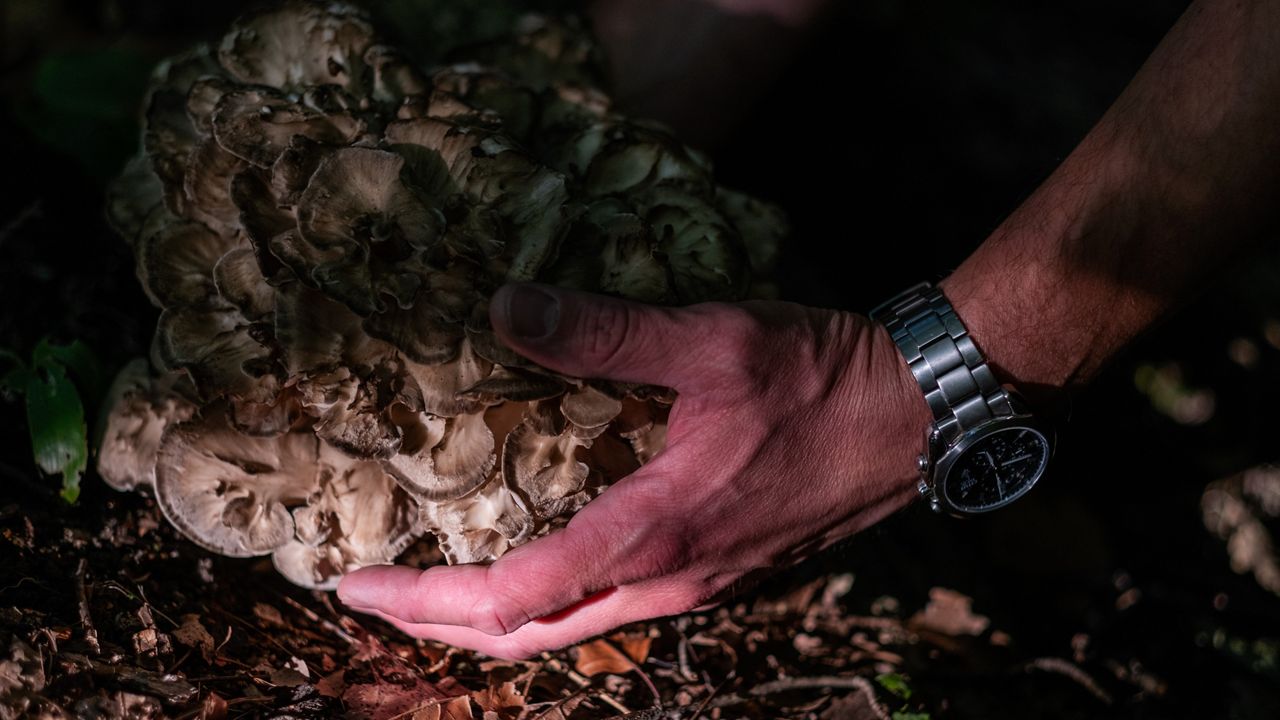In an old growth oak grove in Onondaga County with the sun shining through the towering trees and the sounds of kids playing in a nearby park, Zach Papaleoni’s eyes are focused on the ground — on the hunt for gourmet wild mushrooms.
While foraging is as old as the human species, its usefulness has plummeted. But two Central New Yorkers are turning to the technique to increase access to unique food found naturally around here and to create a small business.
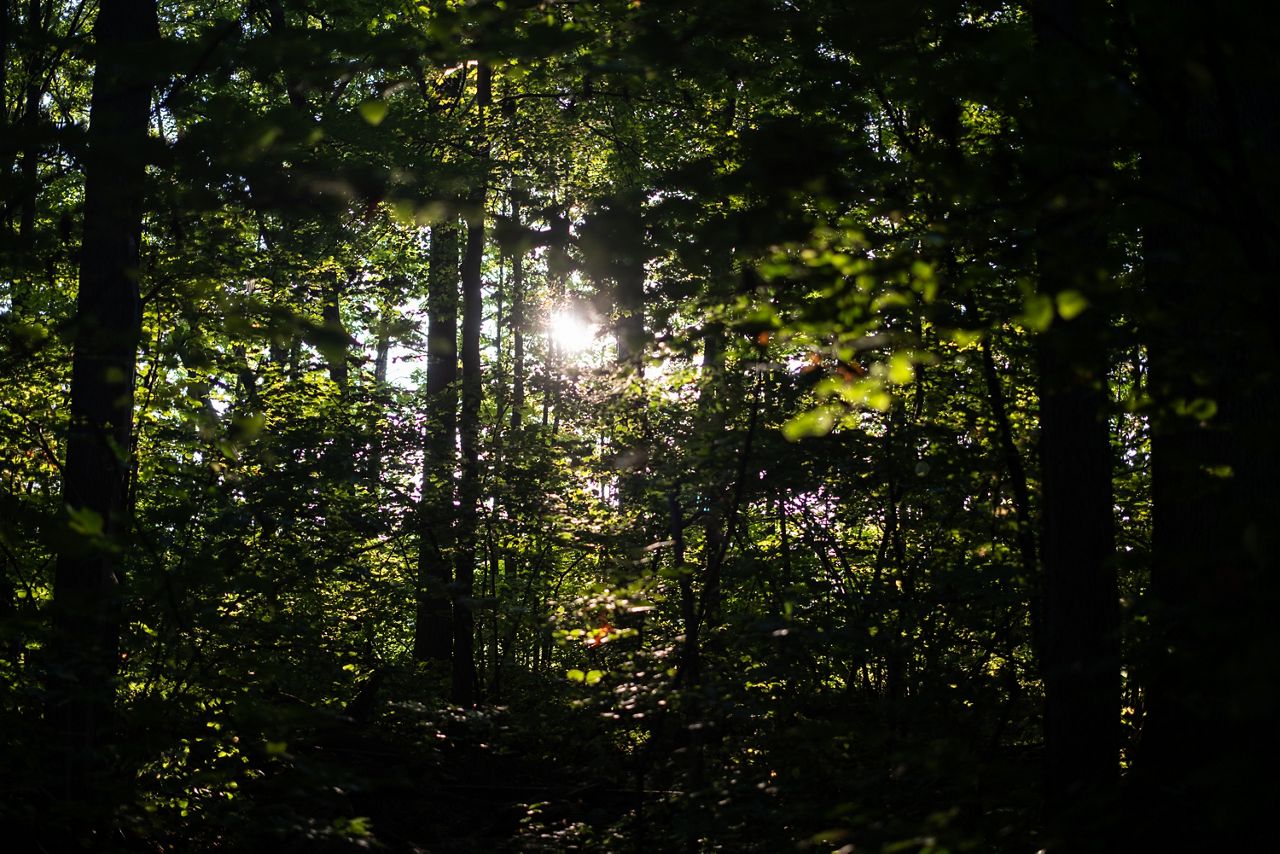
Papaleoni created his business Spore to Fork in early 2021 after learning about wild foods throughout the COVID-19 pandemic and his two daughters took an interest in wild mushrooms.
“I scrolled past mushroom grow kits on Facebook and thought it was so cool,” Papaleoni said. “I got them each one golden oyster and a lion’s mane mushroom grow kits.”
After that, Papaleoni said he went down the rabbit hole of growing and foraging wild mushrooms. In addition to searching for wild mushrooms, he grows some in his backyard.
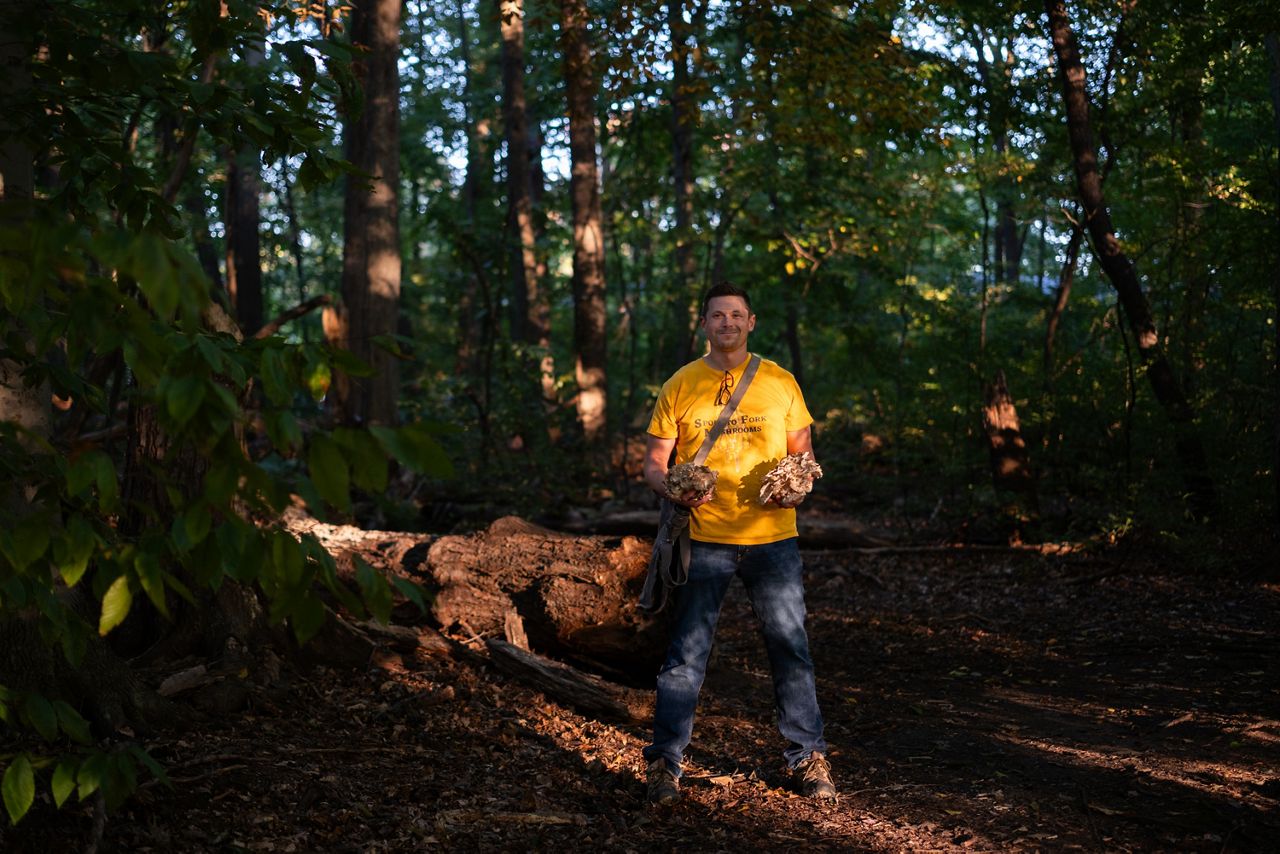
“I have about 12 logs in my backyard, you hit them with water every once in a while, and about three times a year they are loaded with fresh shiitake mushrooms. It is the coolest thing,” he said.
Spore to Fork is a side hustle for Papaleoni, and full-time he works as a safety manager for Syracuse University food services.
Papaleoni said he has grown or foraged and consumed more than 70 species of mushrooms.
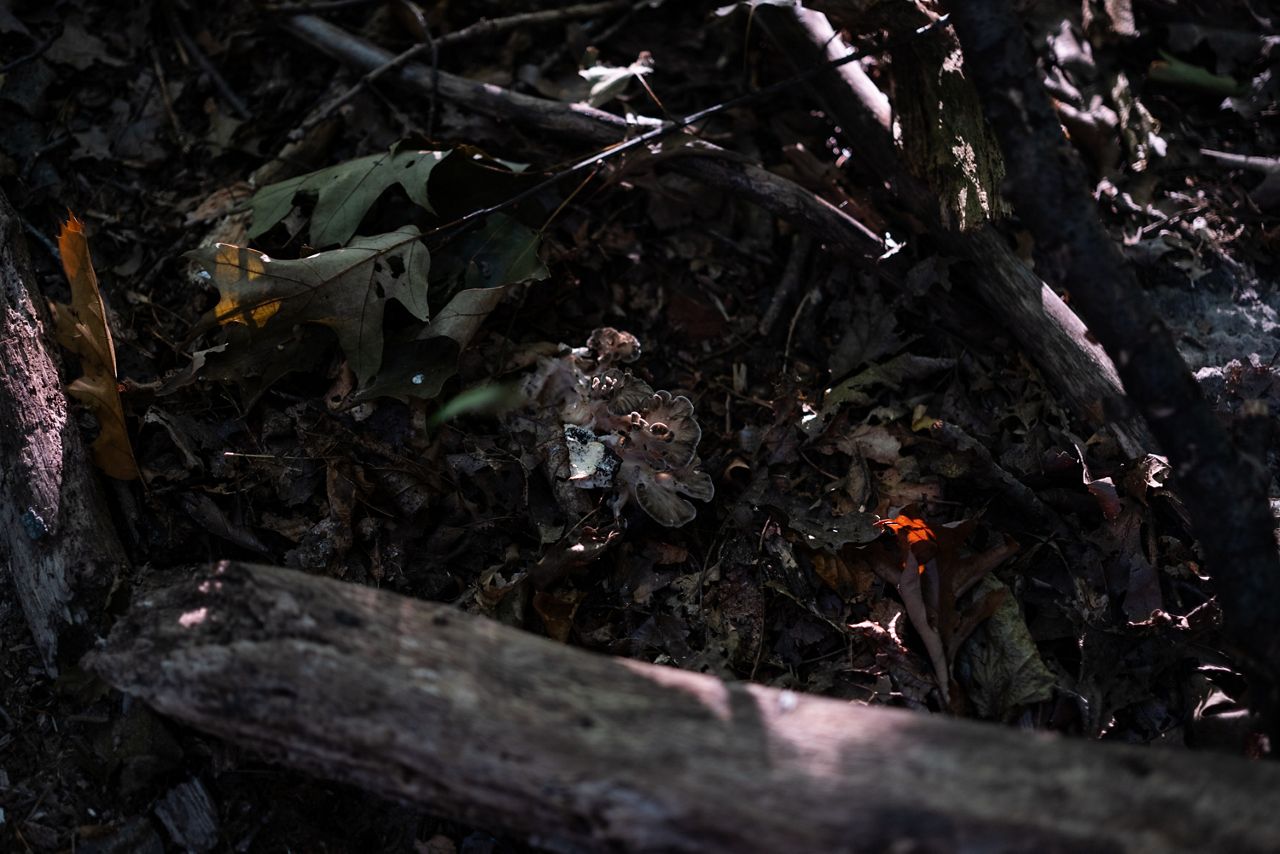
“New York state is unique because we’re one of eight states at this point that requires a certification to sell mushrooms,” he said.
Currently, Papaleoni works with about seven restaurants locally that purchase and use his mushrooms in their dishes.
“They are a very unique type of ingredient, so the restaurants that use them are like Krebs out in Skaneateles and Apizza Regionale [in Syracuse],” he said.
New York offers an ecosystem that is good for growing mushrooms, Papaleoni said.
“A lot of the mixed hardwood forests, especially with old growth trees, create a unique ecosystem, and a lot of mushrooms will grow in mycorrhizal associations with certain trees, and they have to be in certain areas, too,” he said.
Typically, mushrooms grow well in areas that have more moisture, too, but old growth trees seem to be a prime location for mushrooms.
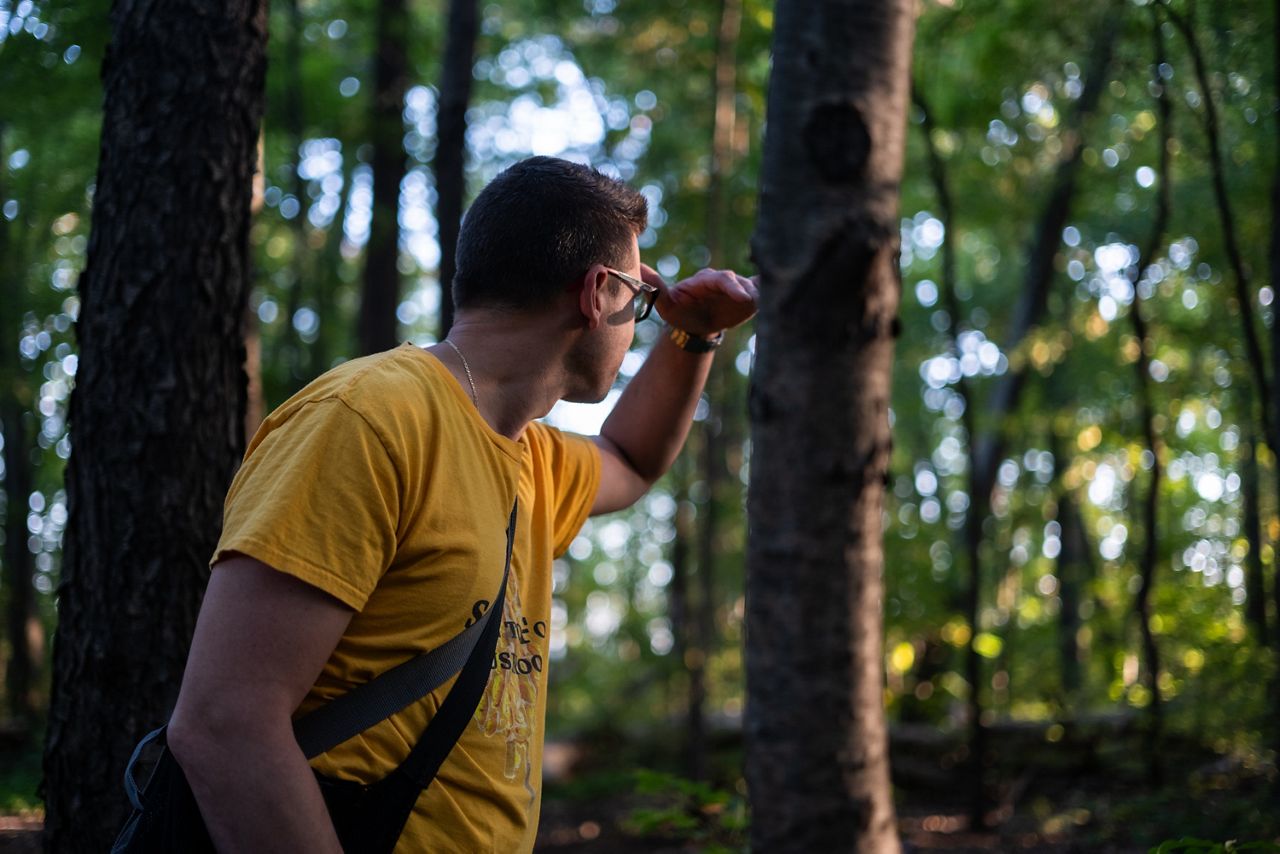
“The old growth is special; I've always felt that way. In most of our parks, including some of the Adirondacks, [they] were logged at one point so the forests we see, they are beautiful, but it’s not that old growth trees,” Papaleoni said.
Foraging in the city
In the heart of Syracuse’s Southside, urban foragers can find berries, herbs, nuts and fruits on trees and bushes growing between urban gardens and nearby houses.
Antonisha Owens, community outreach coordinator for the Syracuse Urban Food Forest Project, said the program was started in 2019 in collaboration with Syracuse University and SUNY Enviornmental Science and Forestry school.
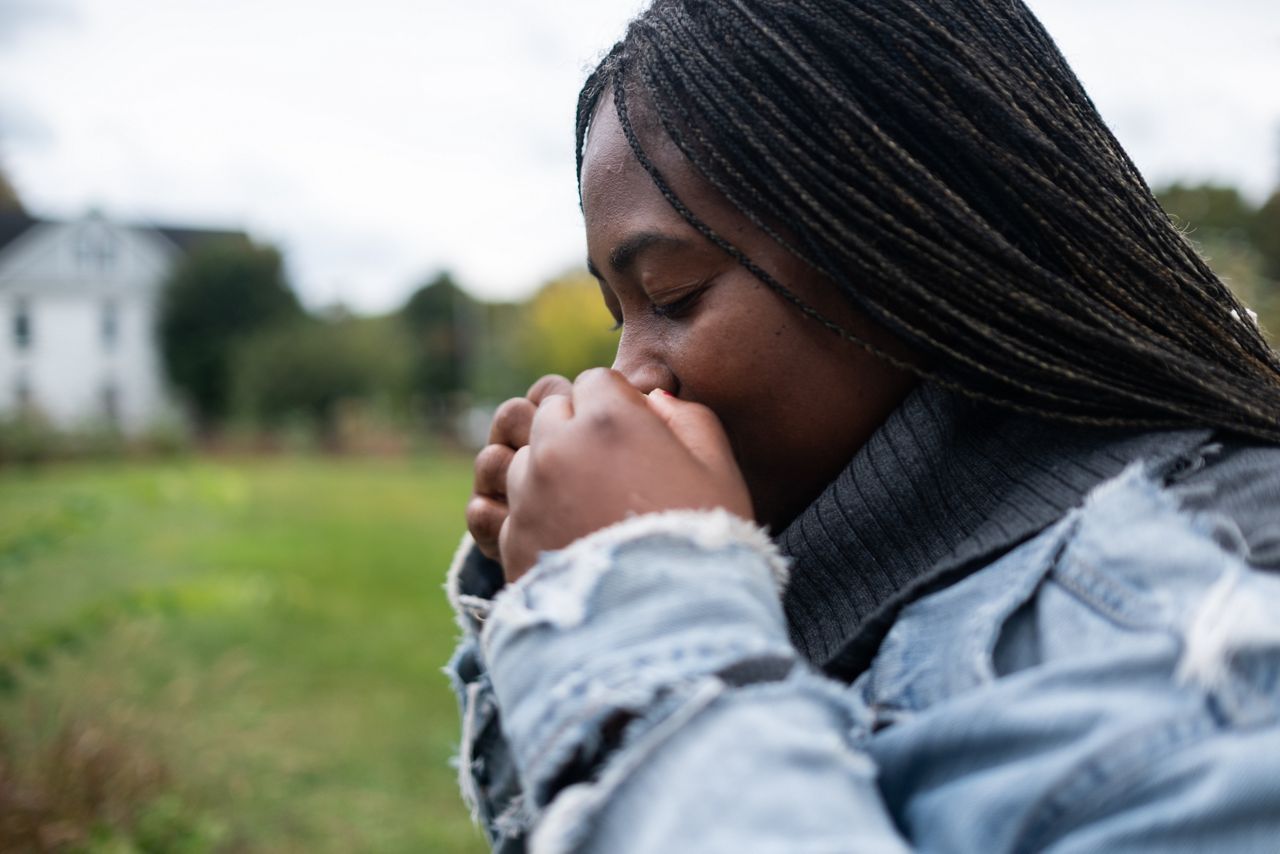
“The goal was to create more food forests within the inner city of Syracuse to be part of the solution to the poverty in the city,” Owens said.
There are currently seven food forests in the city open to the public with a variety of plants that can be used in household cooking. One of the larger locations is located next to the Kwanzaa Village Community Garden on Midland Avenue in Syracuse.
“You can find berries, herbs, nut trees, fruit trees. They have persimmons, wild plums, raspberries, blueberries, June berries, just to name a few,” she said.
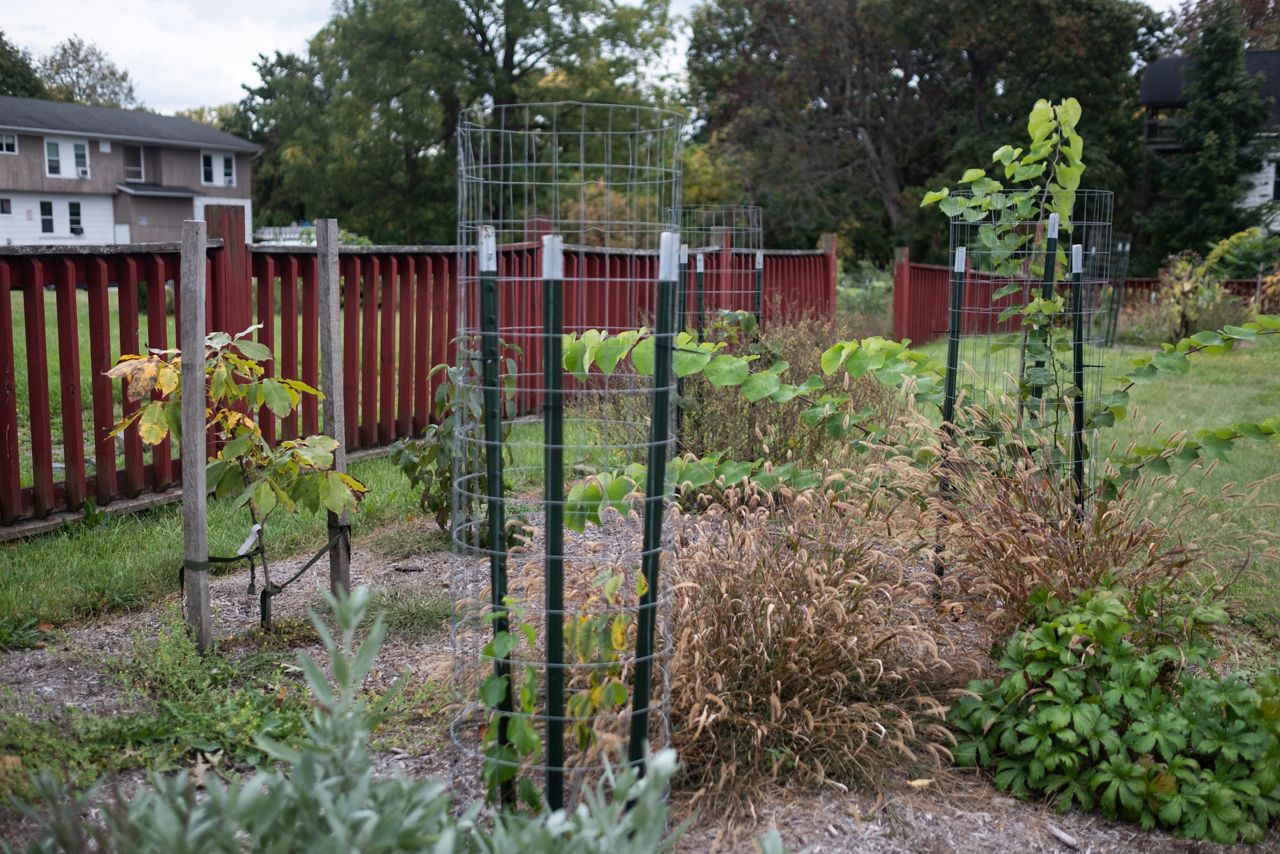
The food forests were created with funding from the USDA’s Great Lakes Restoration Initiative for a community edible, forest-planting project, according to Syracuse University’s website.
Owens is a forager and urban farmer that finds and grows many of her own ingredients that she uses to create beauty products for her business, AfricaPure.
“Berries are very good for masks, and you could also do dry herbs to make masks with clays and things like that,” she said.
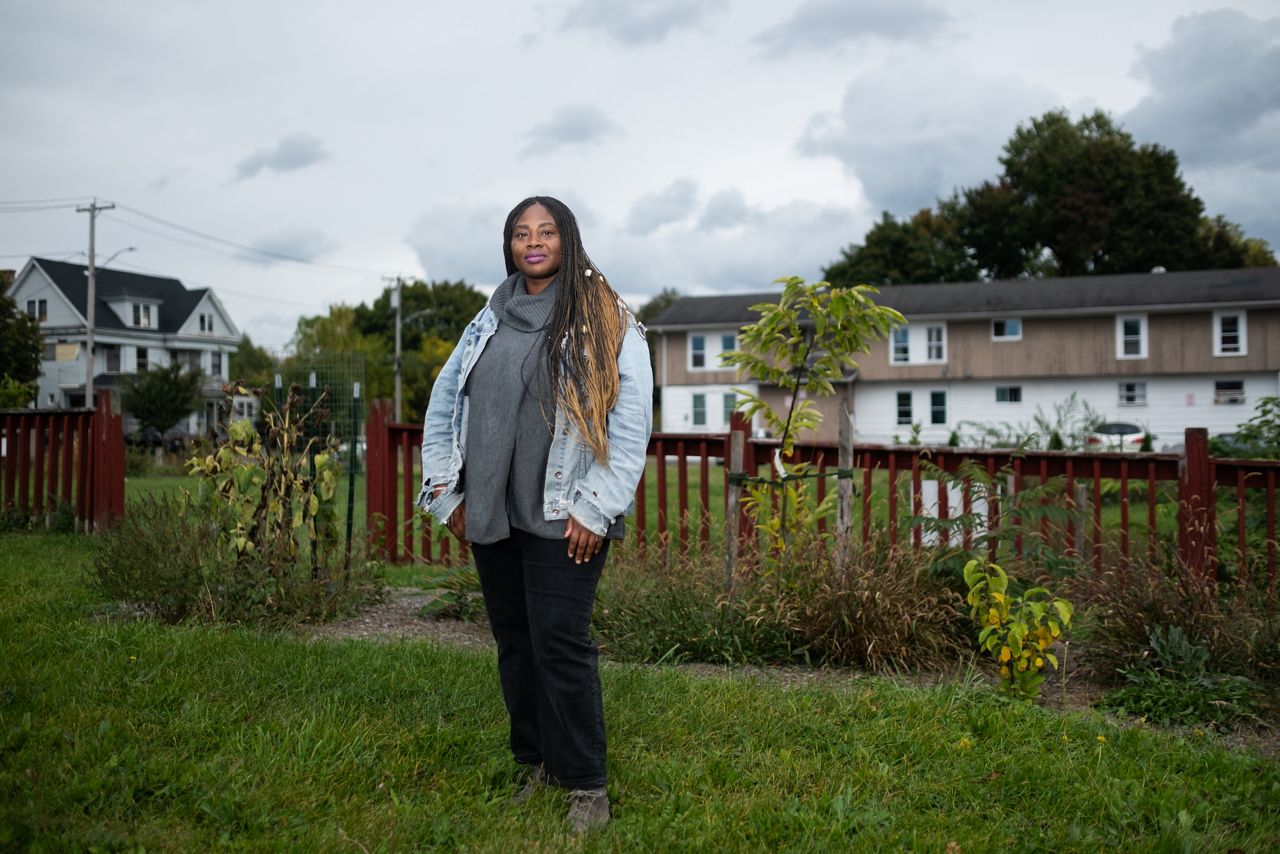
The food forests, located mostly in Syracuse’s Southside were created as a way for neighborhood residents to have access to fresh ingredients.
“The goal is just to get the community to understand that food is everywhere. It’s amongst us and always has been. We want to you to utilize these spaces,” Owens said.
